If you want to refresh your knowledge of AMD's new architecture, take a look at the launch article "AMD's Ryzen 7 1800X in Test" and the first follow-up "The Ryzen Family: Three Sevens with Eight Cores in Second Comparison", as well as the launch article on the Ryzen 5 where everything has already been described in detail.
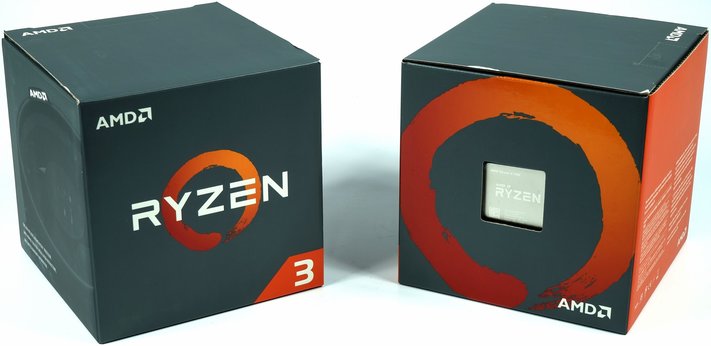
According to the manufacturer, the advantage of AMD's scalable architecture should also be to be able to adapt the CPUs with their expansion almost at will, so that a wide range of constellations from consumer to server CPUs can be put on the market without much additional effort. can bring. One of the backgrounds is, of course, purely economic, because it also means that many chips can be reused, for which a part is not functional or only to a limited extent. But this is neither new nor offensive, but important for better yield and in the end also ensures survival.

The basis for this versatile denomination is AMD's CPU Complex (CCX for short), which we still know from the architectural description of the Ryzen launch. Each of these CCX contains four cores, so you might suspect a real halved eight-core behind the Ryzen 3 1300X. But that is obviously not the case.
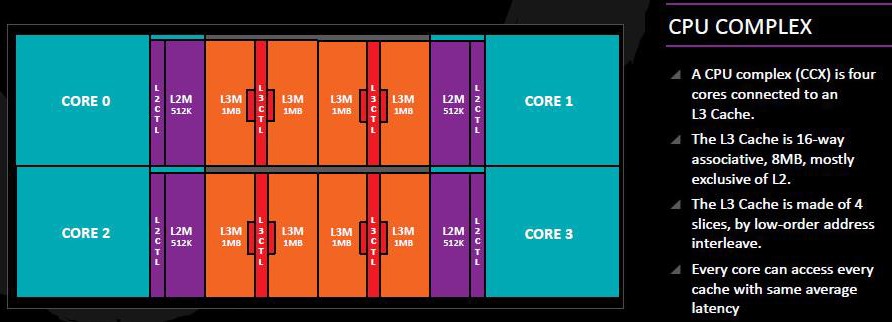
Instead, AMD says it uses only two cores (2-2) of each CCX. However, the L3 cache halves in total to 8 MB, as with the Ryzen 5 1400, which could be a disadvantage. In addition, each of the cores of both CPUs, as usual, still has 64 KB of L1 cache (commands and data) and 512 KB L2 cache available. However, what the Ryzen 3 CPUs do, for example, from Ryzen 5 1500X and 1400 really fundamentally different is the absence of SMT, which limits the number of threads to the number of physically present cores.
| Ryzen 5 1300X | Ryzen 3 1200 | Ryzen 5 1500X | Ryzen 5 1400 | |
|---|---|---|---|---|
| Cores |
4 (4 Threads) |
4 (4 Threads) | 4 (8 Threads) | 4 (8 Threads) |
| Base clock |
3.4 GHz |
3.1 GHz |
3.5 GHz | 3.2 GHz |
| All-core boost |
3.6 GHz |
3.1 GHz |
3.6 GHz | 3.4 GHz |
| 2-core boost |
3.7 GHz |
3.4 GHz |
3.7 GHz | K.a. |
| XFR max. |
3.9 GHz |
3.45 GHz |
3.9 GHz | K.a. |
| L3 Cache |
8 MB |
8 MB | 2x 8 MB | 8 MB |
| L2 Cache |
512 KB per core | |||
| L1 Cache |
64 KB per core | |||
| CCX Config |
2-2 |
2-2 |
2-2 | 2-2 |
| Rating |
65 watts |
65 watts |
65 watts | 65 watts |
| Eia Including. Vat. |
€135 | €115 | €209.00 | €189.00 |
There is still the eternally young price question. Here we will now have to take the actual test results as the actual yardstick for the final assessment.

Each of the CPUs already contains AMD's Wrait stealth cooler in the box, which does not make a bad figure overall for the called power dissipation and can even cool down the components on the motherboard as a downblower.
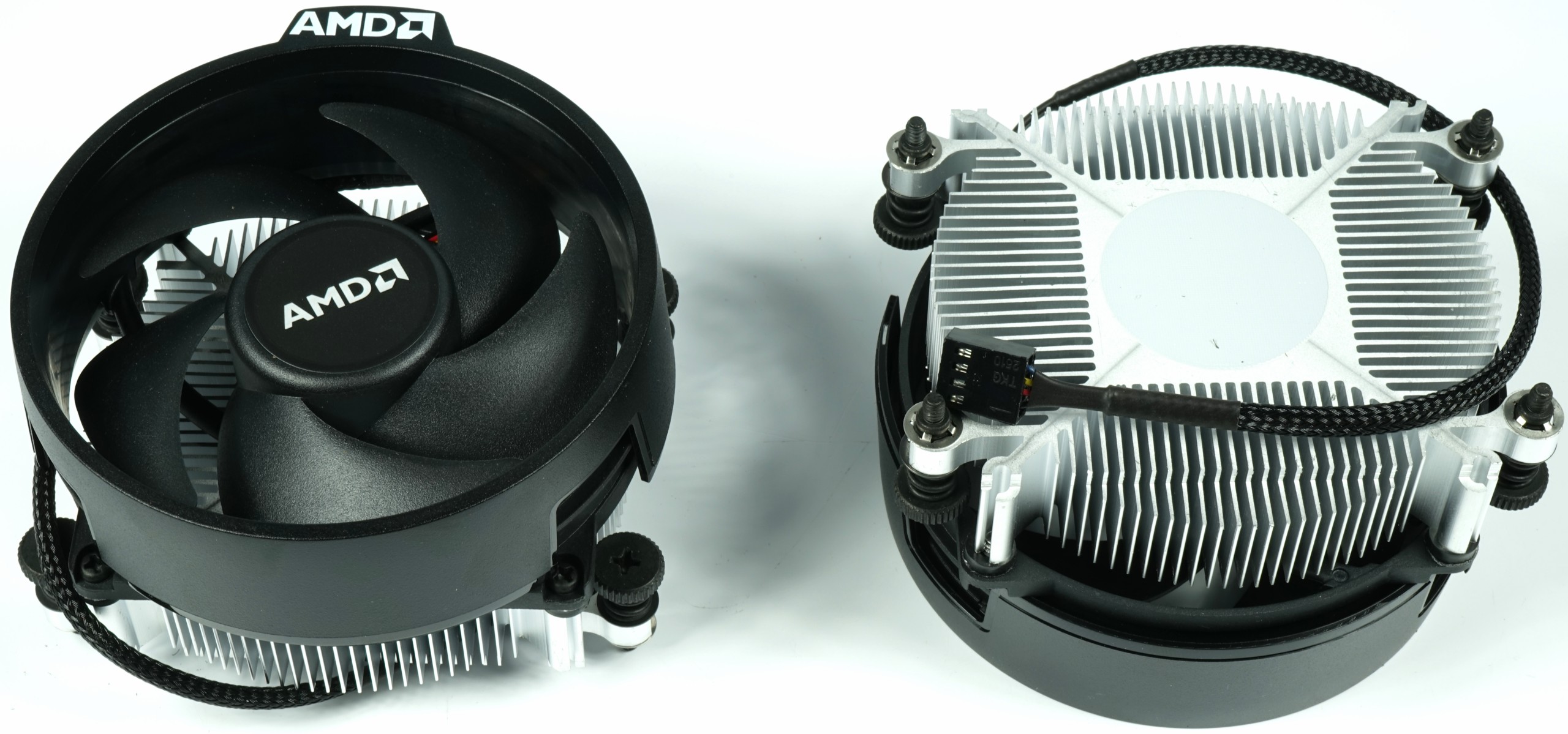
Test system and configuration
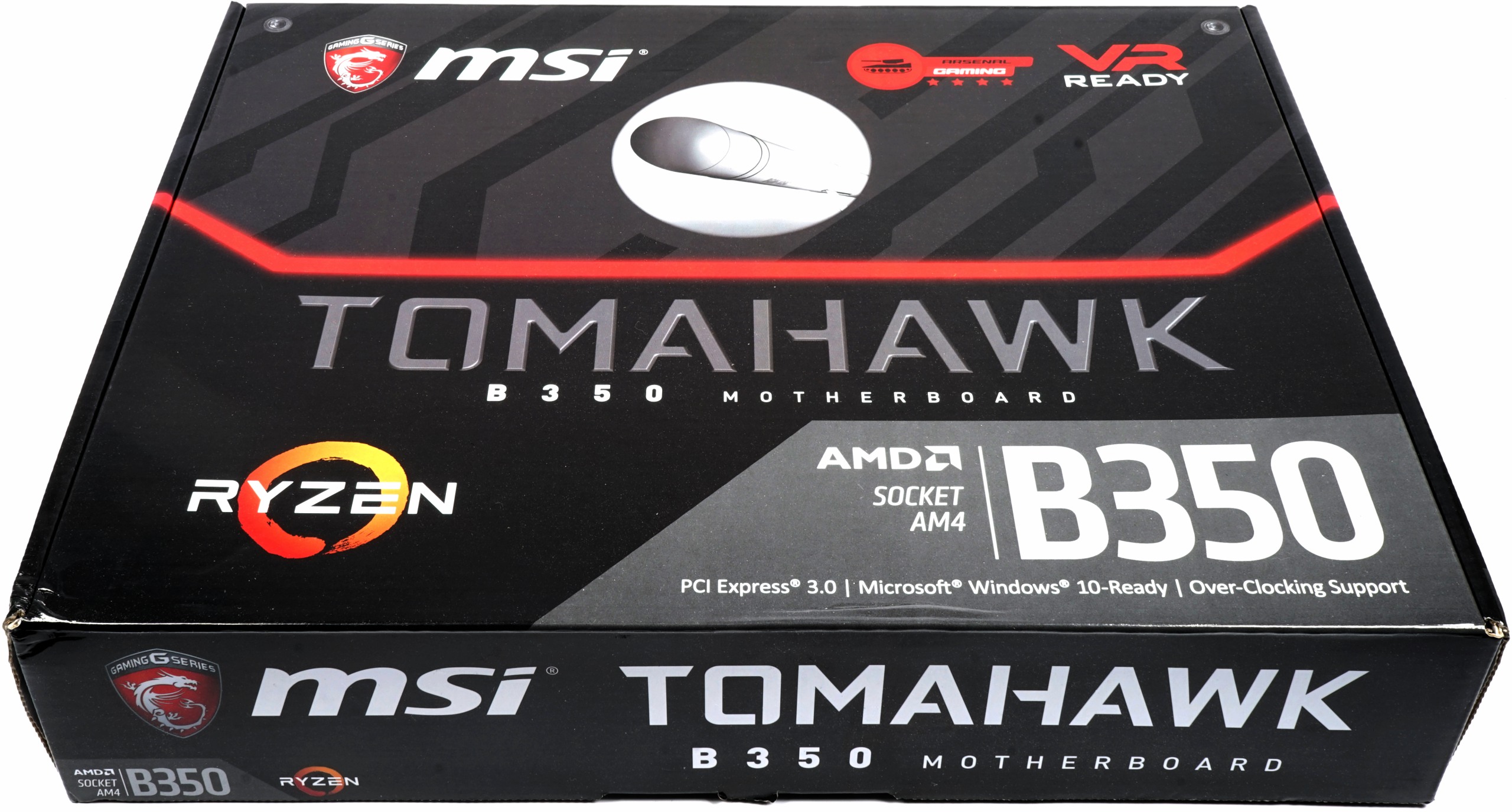 We are testing the two CPUs on the same platform as Ryzen 5 by using the MSI B350 Tomahawk, a more cost-effective motherboard from the 100 Euro class. Of course, overclocking attempts can also be started with this motherboard – at least as far as the CPU as such really allows. We can already spoil the fact that the Ryzen 3 1300X on 4.0 GHz and the Ryzen 3 1200 could be overclocked up to 3.9 GHz and operated equally in a long-term stable manner.
We are testing the two CPUs on the same platform as Ryzen 5 by using the MSI B350 Tomahawk, a more cost-effective motherboard from the 100 Euro class. Of course, overclocking attempts can also be started with this motherboard – at least as far as the CPU as such really allows. We can already spoil the fact that the Ryzen 3 1300X on 4.0 GHz and the Ryzen 3 1200 could be overclocked up to 3.9 GHz and operated equally in a long-term stable manner.
As a special feature, the board offers its own temperature measurement by means of a sensor in the socket area, whereby we want to refer explicitly (without pre-pre-presetting in detail now) to our own measurements and explanations of AMD's Tctl values, which will follow later in the article. . At least the findings from MMI's sensors were the trigger for our somewhat more detailed paragraph on this topic (from page 7).
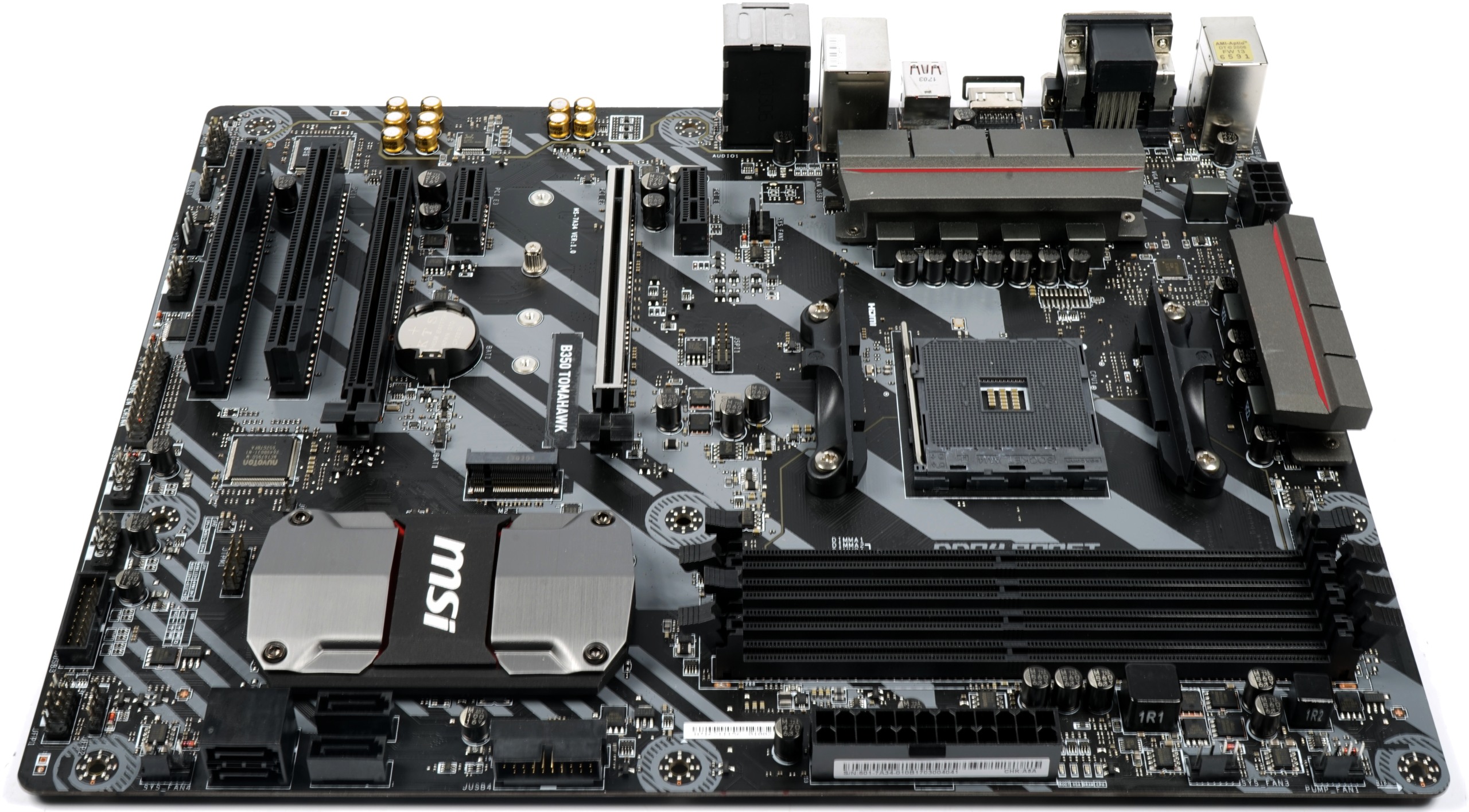
The AM4 motherboard is based on the AMD B350 chipset and has four DDR4 slots for up to 64 GB of memory, whereby we will only use two slots in our test with a total of 16GB (2x 8GB DDR4 3200). On board are a PCIe 3.0 x16 slot, a PCIe 2.0 x4 slot, two PCIe 2.0 x1 slots and two older PCI slots. The motherboard also features a 7.1 onboard sound chip, a Gigabit Ethernet interface, as well as four SATA3 ports, an M.2 port, as well as USB 3.0 Type-C and USB 3.0 ports.

As RAM we used two 8GB modules G.Skill Ripjaws DDR4 3200 (CL15-15-15-35) as well as two 8GB modules Geil EvoX DDR4 3200 (CL16-16-16-36), all of which ran smoothly.
Commissioning and technical data
The new test system and the methodology we have already described in great detail in the basic article "So we are testing graphics cards, as of February 2017" and so we now only refer to this detailed description for the sake of simplicity. So if you want to read everything again, you are welcome to do so.
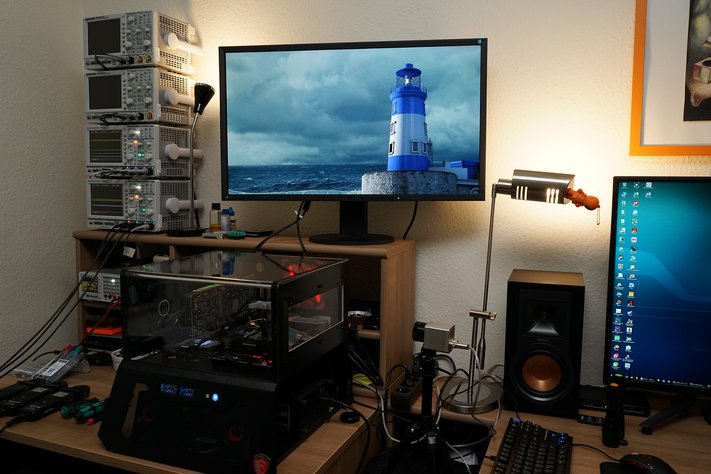
In this case, only the hardware configuration with CPU, RAM, motherboard, as well as the new cooling is different, so that the summary in table form quickly gives a brief overview of the system used here and today:
| Test systems and measuring rooms | |
|---|---|
| Hardware: |
AMD Ryzen 3, 5 and 7 MSI B350 Tomahawk Intel Core i5 7600K, Core i5 7500 AMD FX-8370 16 GB (2x 8GB) G.Skill Ripjaws DDR4 3200 (CL15-15-15-35) Be Quiet Dark Power Pro 11, 850-watt power supply Nvidia GTX 1080 Founders Edition (Gaming) |
| Cooling: |
Alphacool Ice Age 2000 Chiller Alphacool Ice Block XPX Thermal Grizzly Kryonaut (for cooler change) |
| Monitor: | Eizo EV3237-BK |
| Housing: |
Lian Li PC-T70 with expansion kit and modifications Modes: Open Benchtable, Closed Case |
| Power consumption: |
non-contact DC measurement on the PCIe slot (Riser-Card) non-contact DC measurement on the external PCIe power supply direct voltage measurement at the shunts, the respective feeders and the power supply Reading out the motherboard sensors 2x Rohde & Schwarz HMO 3054, 500 MHz multi-channel oscillograph with memory function 4x Rohde & Schwarz HZO50, current togor adapter (1 mA to 30 A, 100 KHz, DC) 4x Rohde & Schwarz HZ355, touch divider (10:1, 500 MHz) 1x Rohde & Schwarz HMC 8012, digital multimeter with storage function |
| Thermography: |
Optris PI640, infrared camera PI Connect evaluation software with profiles |
| Acoustics: |
NTI Audio M2211 (with calibration file) Steinberg UR12 (with phantom power for the microphones) Creative X7, Smaart v.7 own low-reflection measuring room, 3.5 x 1.8 x 2.2 m (LxTxH) Axial measurements, perpendicular to the center of the sound source(s), measuring distance 50 cm Noise in dBA (Slow) as RTA measurement Frequency spectrum as a graph |
- 1 - Einführung und Übersicht
- 2 - 3DMark, VRMark
- 3 - AotS: Escalation, Battlefield 1
- 4 - GTA V, Hitman (2016)
- 5 - Shadow of Mordor, Project Cars
- 6 - Far Cry Primal, Rise of the Tomb Raider
- 7 - The Witcher 3, Civilization VI
- 8 - Workstation-Benchmarks
- 9 - Temperaturen und Lautstärke (Boxed Kühler)
- 10 - Leistungsaufnahme im Detail
- 11 - Zusammenfassung und Fazit




















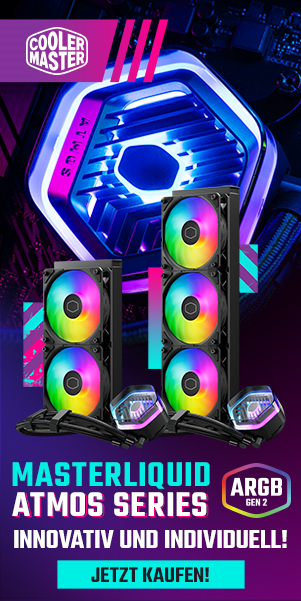




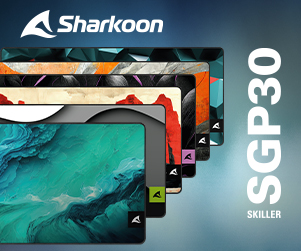
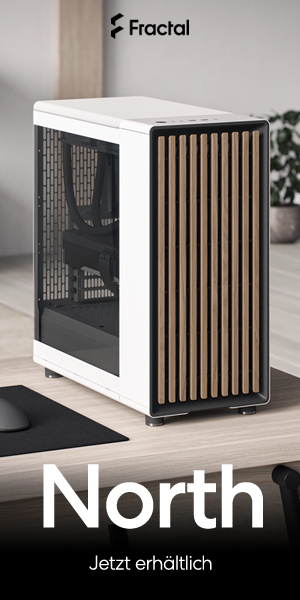





Kommentieren